Introduction
Neck braces for dogs are innovative tools. They offer support during recovery and injury management. If you’re considering one, consult your veterinarian first. They can recommend the best option for your dog’s needs. Recently, neck braces have gained popularity as alternatives to traditional e-collars. Many pet owners appreciate their comfort and functionality.
Speaking of comfort, you might want to check out a Dog Neck Brace. It’s designed specifically to provide that crucial support while ensuring your pup feels cozy during recovery.
Summary and Overview
So, what exactly are neck braces for dogs? They are specially designed supports that help stabilize a dog’s neck. Their primary purpose is to prevent movement that could worsen an injury. Dogs may require neck braces for various reasons. Post-surgery recovery is one of the most common. They can also prevent injuries during playtime or while healing from an existing condition.
Neck braces offer several benefits compared to traditional e-collars. They provide a more comfortable fit, allowing for better mobility. Unlike e-collars, dogs can eat, drink, and even sleep better while wearing them. Proper fitting is crucial for effectiveness, so ensure you select the right size.
In the following sections, we’ll discuss the specific benefits of neck braces, types available, and how to choose the right one for your furry friend. This information will help you make an informed decision for your dog’s health and comfort.
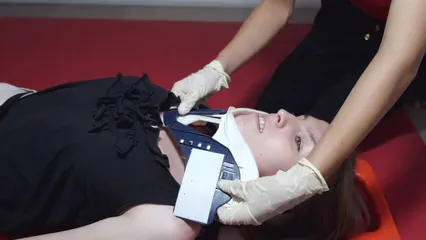
Benefits of Using Neck Braces for Dogs
Enhanced Comfort
When it comes to neck braces, comfort is key. Unlike traditional e-collars, which can be bulky and restrictive, neck braces are designed with your dog’s comfort in mind. They often feature padding that cushions against the dog’s skin. This helps to prevent irritation during extended wear.
Most neck braces also come in adjustable sizes. This ensures a snug fit for different breeds and sizes. Pet owners report that their dogs have more freedom of movement compared to using an e-collar. Breathable materials enhance airflow, keeping your pet cool and comfortable.
A survey of pet owners highlights this difference. Many report higher comfort levels in their dogs when using neck braces instead of e-collars. This is an important consideration when choosing a neck brace. After all, a comfortable dog is a happy dog!
So, when selecting a neck brace, think about your dog’s comfort first. Your furry friend deserves to feel at ease during recovery. And while we’re thinking about comfort, how about a Orthopedic Dog Bed? It’s the perfect spot for your dog to rest and recover.

Improved Mobility
Neck braces offer significant benefits for your dog’s mobility. Unlike e-collars that can hinder movement, neck braces promote freedom. They allow dogs to turn their heads, which is essential for eating, drinking, and sleeping comfortably.
Many pet owners notice that their dogs adapt quickly to wearing a neck brace. Statistics show that dogs wearing neck braces have improved range of motion after surgery. This means they can move around more freely without pain or restriction.
For instance, one pet owner noted that their dog had no trouble eating or drinking while wearing the brace. Another reported that their dog could sleep in more natural positions.
As a pet owner, it’s crucial to observe your dog’s behavior post-surgery while wearing a neck brace. Keep an eye on how they navigate their environment. This will help you gauge the effectiveness of the brace in enhancing mobility. Also, consider investing in a Dog Harness for Recovery to help your pup get back on their paws.

Tailored Support for Recovery
Neck braces provide targeted support for various injuries. They help stabilize the neck and prevent further damage. Common injuries treated include neck sprains, post-surgery recovery, and chronic conditions. Each type of injury requires specific support to promote healing effectively.
Veterinarians often recommend neck braces for optimal recovery. They can suggest the best brace based on your dog’s unique needs. Custom options are available, ensuring a perfect fit for your furry friend. A well-fitted brace can significantly enhance comfort and effectiveness during recovery.
Recovery times can vary greatly. Studies show that dogs using neck braces tend to recover faster than those without. For example, a study indicated that dogs with neck sprains healed 20% faster when using a brace. This highlights the importance of proper support during recovery. Speaking of support, you might want to have a Dog First Aid Kit handy just in case!
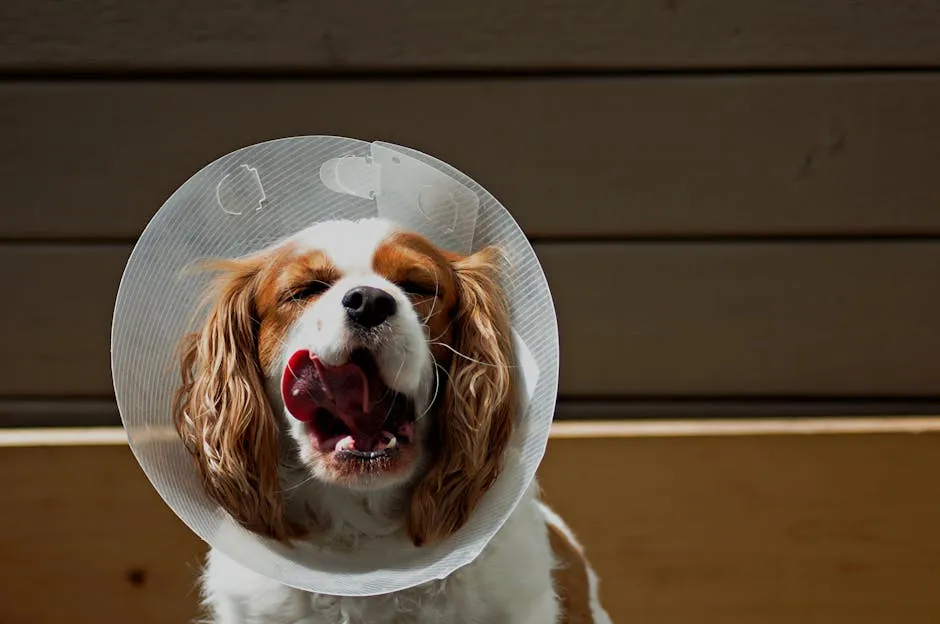
Inflatable Neck Braces
Inflatable neck braces are a game-changer for dogs recovering from injuries. These braces offer a unique combination of comfort and adjustability. Unlike traditional collars, they provide a soft, cushioned support that molds to your dog’s neck. This design reduces pressure points and enhances overall comfort.
One major benefit of inflatable neck braces is their adjustability. You can easily inflate or deflate them to achieve the perfect fit. This feature allows for a customized experience, accommodating your dog’s movements without restricting them. Whether your pup is lounging or playing, they can enjoy the freedom of movement.
Inflatable neck braces are particularly useful in specific situations. They are ideal for post-surgery recovery, helping to prevent your dog from licking or biting wounds. They also work well for dogs prone to neck injuries during active play. By using an inflatable brace, you ensure that your furry friend stays safe and comfortable during their recovery journey. And to keep them entertained, don’t forget a fun Interactive Dog Toy!
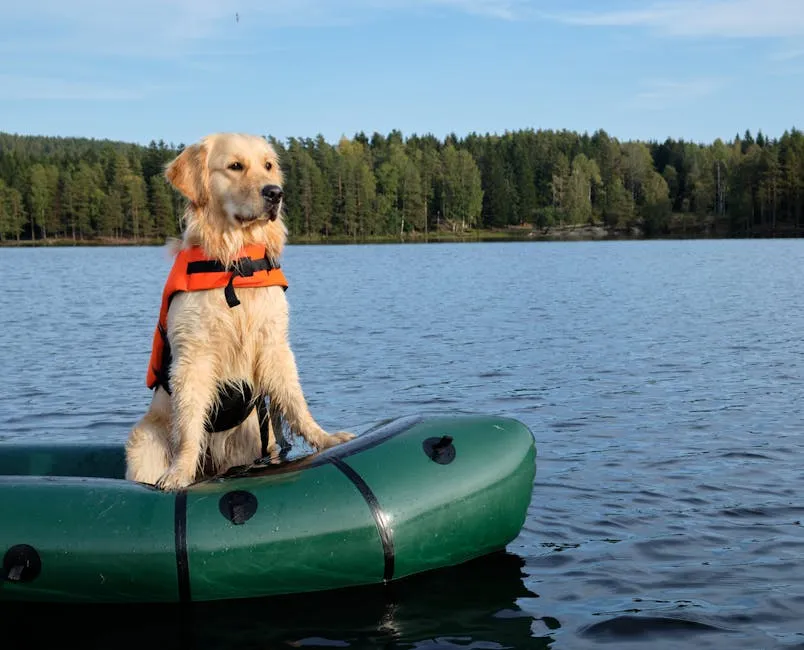
How to Choose the Right Neck Brace
Consult Your Veterinarian
Before selecting a neck brace, consulting your veterinarian is essential. Veterinarians play a crucial role in assessing your dog’s condition. They can determine the best type of brace for your pet based on their specific needs. A thorough assessment helps to identify any underlying issues that may require special attention.
Your vet will consider various factors, such as the type of injury and your dog’s overall health. They can provide tailored recommendations that ensure your dog receives optimal support. Don’t hesitate to ask questions during your appointment. Understanding your options will lead to a better outcome for your furry friend.
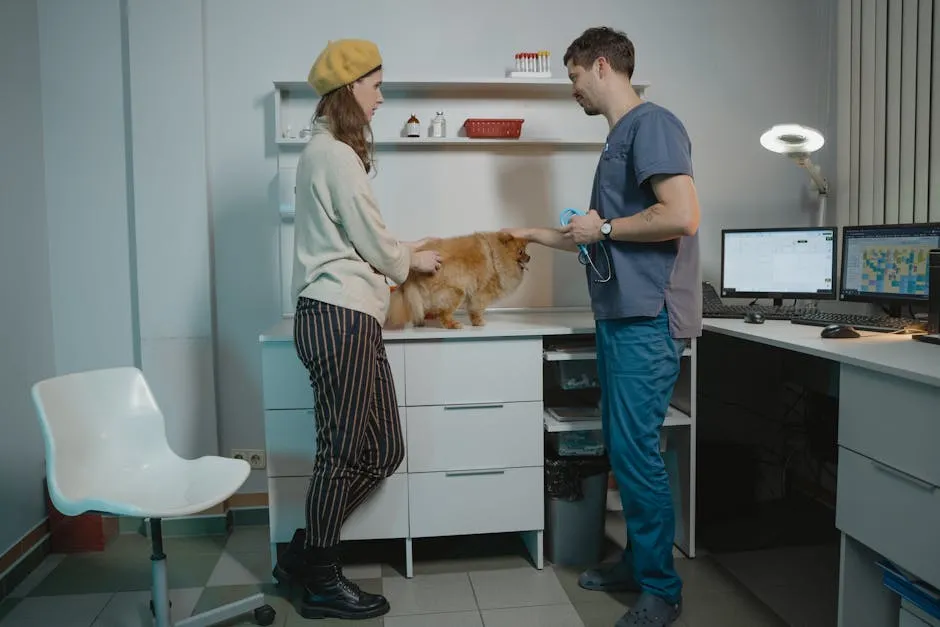
Consider Your Dog’s Size and Breed
Choosing the right neck brace also depends on your dog’s size and breed. Different breeds have unique neck shapes and sizes. Therefore, it’s vital to refer to sizing guides when making your selection. An ill-fitting brace can cause discomfort and may not provide the necessary support.
Common mistakes include assuming one size fits all or neglecting to measure your dog accurately. Taking the time to measure your dog’s neck will help you find the best fit. Additionally, some breeds may benefit from specialized braces designed for their anatomy. Always consult sizing guides to ensure you choose wisely. And while you’re at it, consider a Dog Leash with Reflective Stitching for those evening walks!
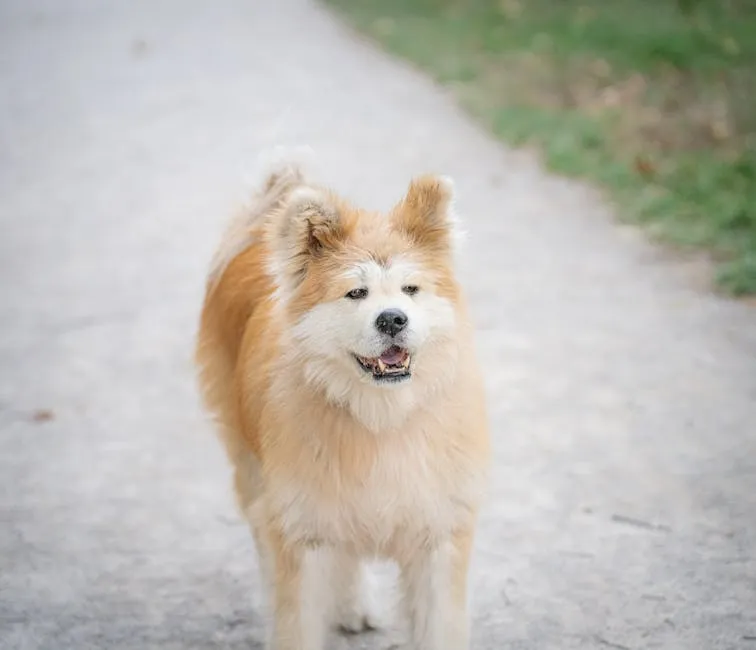
Evaluate Features and Materials
When choosing a neck brace for your dog, consider key features. First, look at the materials used in the brace. High-quality fabrics can enhance comfort and durability. Breathable materials are essential to keep your dog cool during wear.
Padding is another critical aspect. A well-padded neck brace prevents chafing and irritation. It provides a soft barrier against your dog’s skin. Adjustable features are also vital. An adjustable brace ensures a snug fit, accommodating your dog’s unique shape.
Each of these features contributes to the overall effectiveness of the neck brace. By prioritizing comfort and adjustability, you’ll help your dog heal more comfortably. And don’t forget a Dog Water Bottle with Bowl for hydration on the go!

Proper Fitting and Usage
Measuring Your Dog
Measuring your dog for a neck brace is crucial. First, gather necessary tools: a soft measuring tape and a notepad. Start by measuring the circumference of your dog’s neck. Position the tape snugly, but not too tight. Next, note the length from the base of the neck to the desired point of support.
Common pitfalls include measuring over thick fur, which can lead to inaccurate sizes. Always double-check your measurements for accuracy. Once you have the correct dimensions, you can confidently select a suitable brace for your dog.
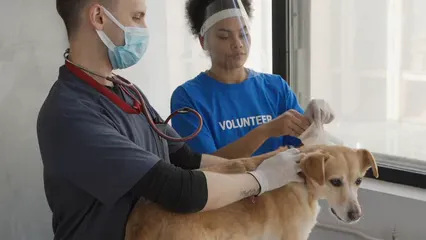
How to Introduce the Brace
Introducing a neck brace to your dog requires patience. Start with a gradual introduction. Allow your dog to sniff the brace before putting it on. This helps them become familiar with it.
Once they seem comfortable, put the brace on for short periods. Gradually increase the duration as they acclimate. Monitor your dog’s behavior closely. If they show signs of distress, take a step back and try again later. Providing comfort items, like their favorite blanket, can ease the transition.

Maintenance and Care
Caring for your dog’s neck brace is essential for longevity. Regular cleaning keeps it fresh and hygienic. Use mild soap and water to clean the fabric, avoiding harsh chemicals.
Inspect the brace frequently for any signs of damage. Look for frayed edges or weakened straps. If you notice any issues, it may be time for a replacement. Additionally, adjust the fit as needed to ensure ongoing comfort and support. Keeping the brace in good condition will help your dog recover effectively. And while you’re at it, how about a Dog Poop Bags with Dispenser to make walks easier!
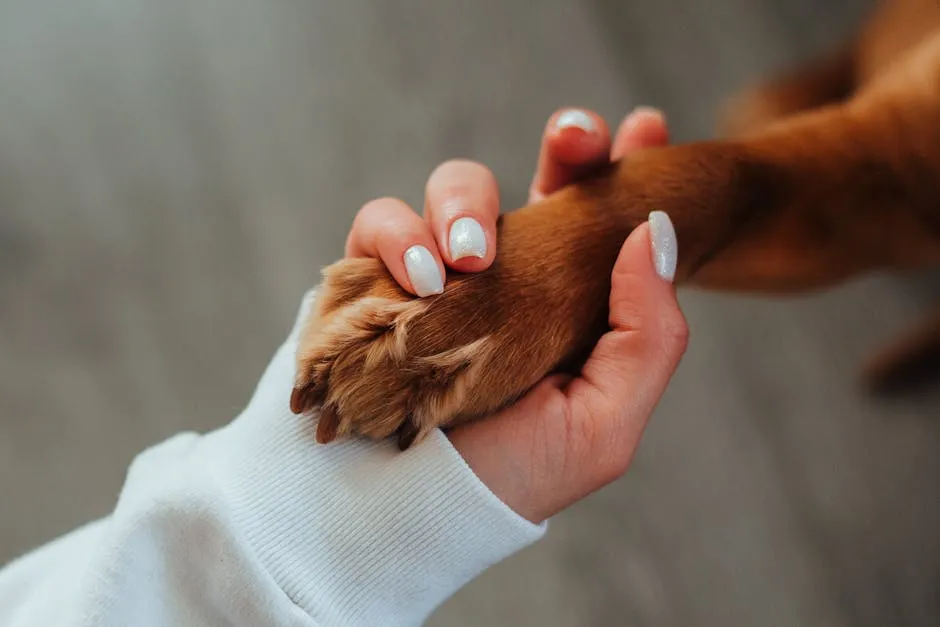
Alternatives to Neck Braces
E-Collars
When considering alternatives, e-collars are the most common option. E-collars prevent licking and biting, but they can be uncomfortable. Many dogs find them bulky and restrictive. In contrast, neck braces offer more comfort and allow for greater mobility.
However, e-collars can be effective in certain situations. They may be more suitable for brief periods of recovery. Weighing the pros and cons of each option helps you decide what’s best for your dog.
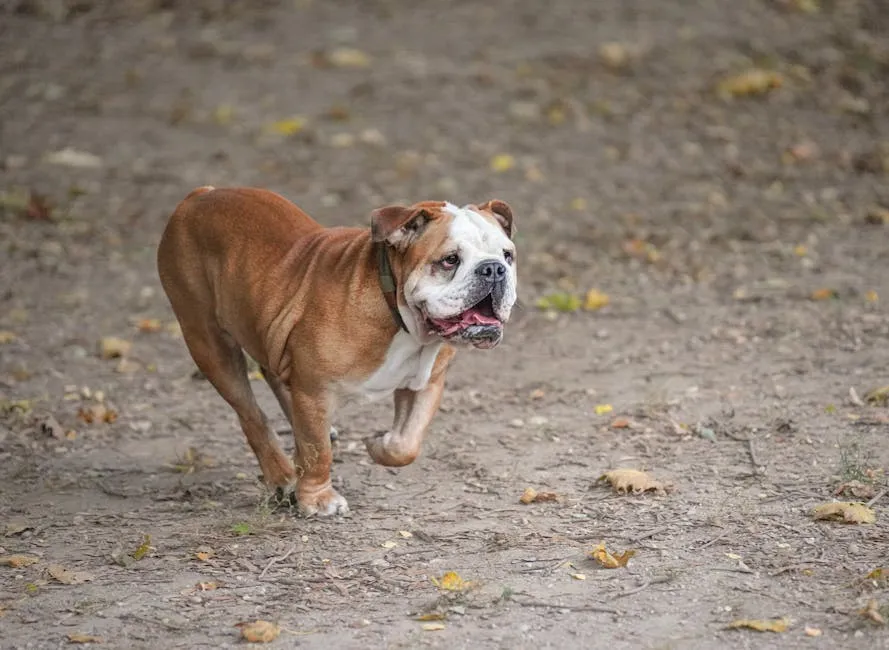
Other Recovery Aids
Aside from neck braces and e-collars, various recovery aids exist. Harnesses can provide support during walks, reducing strain on the neck. Orthopedic beds are great for dogs recovering from surgery, offering comfort and support. Physical therapy can also enhance recovery with tailored exercises. And if you’re looking for something fun to keep your pup entertained, consider a Dog Puzzle Feeder!
Each recovery aid serves a specific purpose. Combining them can create a comprehensive recovery plan for your dog.
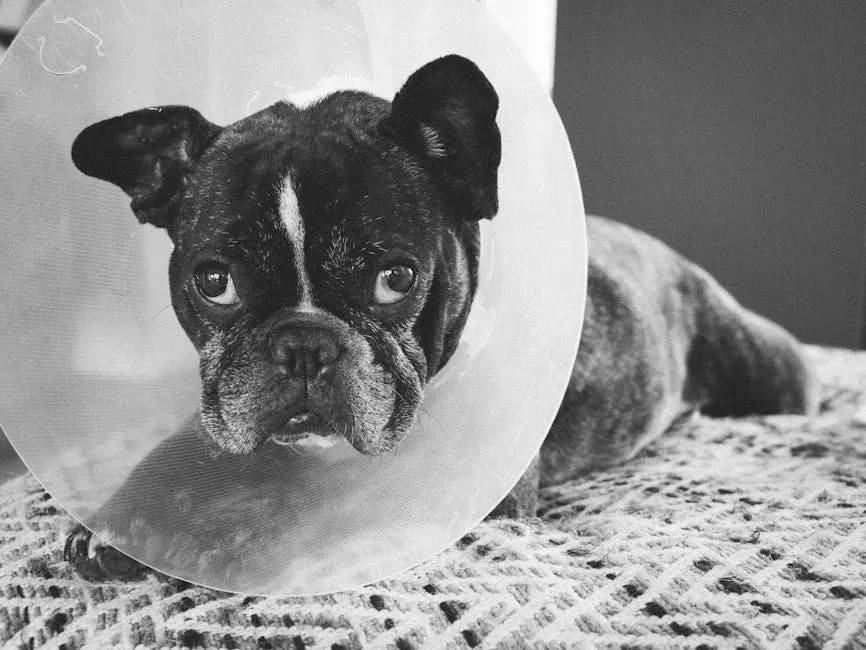
Conclusion
In summary, neck braces play a crucial role in your dog’s recovery. They help stabilize injuries and enhance comfort. Proper fitting is essential, so always consult your veterinarian for guidance.
Explore different options and make informed decisions for your pet’s well-being. Your furry friend deserves the best care possible. And for a little extra fun, don’t forget to check out some Dog Chew Toys to keep them entertained while they recover!
Please let us know what you think about our content by leaving a comment down below!
Thank you for reading till here 🙂
All images from Pexels




